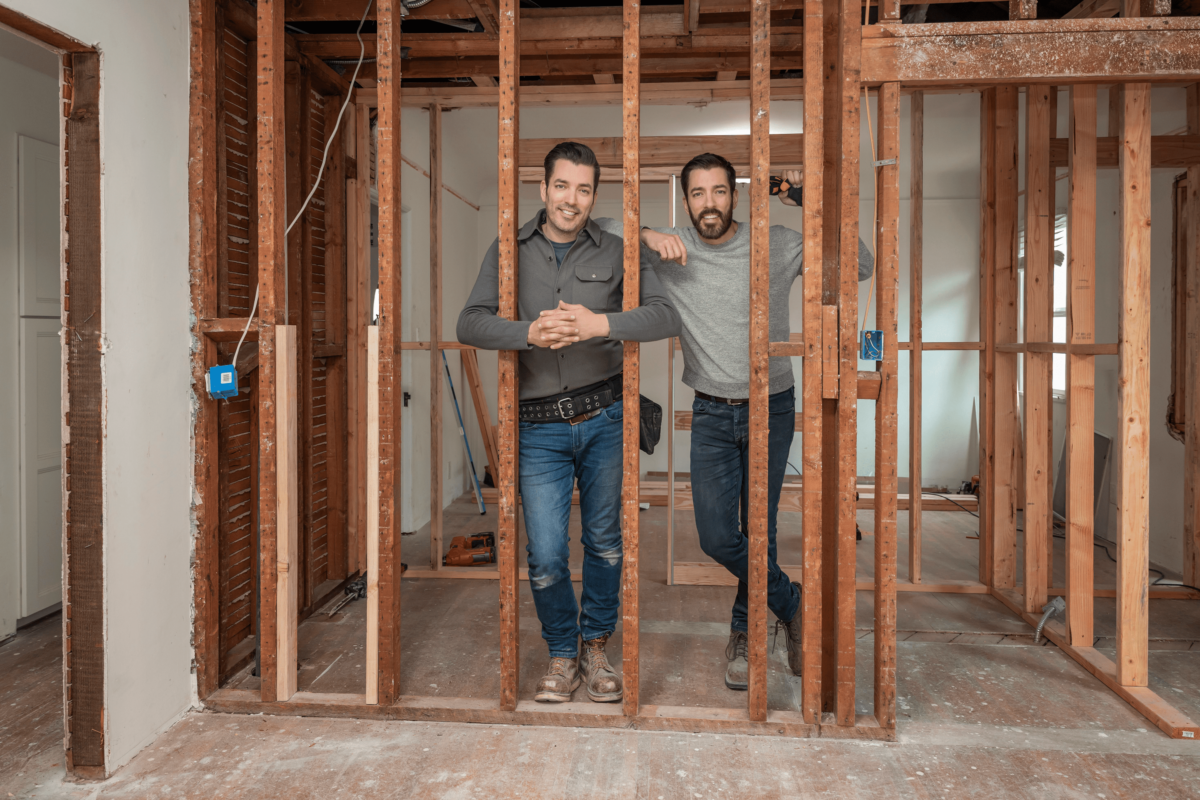If you plan to make changes to your property—including anything from adding a fence or patio to digging a pool—chances are you’ll need a firm understanding of your property lines.
“Typically, you need a property line survey if you’re looking at building or renovating a fence or adding an extension or outbuilding,” says Matthew Consolo, CEO of Air Force Roofing and co-founder of Dreamscape Construction.
Here’s what you should expect as you have your property surveyed, along with the types of projects likely to require this information.
What to Expect with a Property Survey
A boundary survey is the most common of the property surveys you can have done for your home.
“Boundary surveys may not always include setbacks, right of ways, easements, and utility locations,” says Coleman Cosby, in-house construction expert for Yardzen. “This can be necessary information to include on plans being submitted for permitting a project. They also do not include the elevations and topographical information needed for land development projects, grading, or drainage plans.”
Boundary surveys focus on only one piece of property, so they don’t always offer a full picture.
Property surveys are typically conducted when a home is bought or sold. Chances are you already have the information on hand or can easily find it for your property.
“Unlike plat maps, boundary surveys are typically of a single property; they show the boundaries and features within the property lines and don’t include streets, sidewalks, or neighboring properties that would be needed for subdivision projects,” Cosby adds.
“There may be some public records of property boundaries available,” Cosby says. “While that could be used as part of the research for a survey, homeowners still typically need to hire a licensed surveyor to have legally relevant property boundaries identified.”
Finding and Working with a Surveyor
If you need more information, you might need to hire a surveyor. This is a good idea even if you have a survey, but you want to make sure the information is up-to-date and accurate.
“If a survey hasn’t been conducted for a long time, it’s advisable to have a new one done,” Cosby says. “This can confirm boundary lines to avoid any property disputes, and resetting, reinstalling, or uncovering monument markers on the property corners will help fence builders install fencing in the correct location.”
Surveyors are easily found online, but asking for a reference is smart. “Asking your architect, engineer, or contractor is a good place to start,” Cosby says. “Another pro tip: getting a recommendation from neighbors can lead to finding a surveyor who is familiar with local properties similar to yours.”
A typical survey costs between $500 and $2,000. “The area you live in, your property’s topography, and the complexity of the property all influence cost,” Cosby adds.
Surveys can take a few hours to conduct, but results might not be available for a couple of weeks. “The surveyor will physically measure and mark the property boundaries,” Consolo says. “The complete process depends on the size and complexity of the property. Check with the surveyor at the start for a clear timeline.”
Projects that Require Surveys
Projects that take place on the edge of your property demand a survey—think driveways and fences. Projects that take place at the center of your lot, such as adding a large porch off your home that extends into the yard, could also require survey data.
“If you are building a wall or fence, or want to add an outdoor feature, building or even extend your home, you potentially need a property line survey,” says Richard Ala, president at Six Brothers Contractors.
The Value of a Survey
Even if you don’t think you need a survey, having the information is valuable. “It’s great information to have in your back pocket if you plan to make any updates or complete any outside renovations in the future,” Cosby says.
Once you have your survey information, share it with your contractor and let your neighbors know the project you plan to avoid conflict.
“Prior to starting a property line fence project it is always advisable to notify the neighbors, and sharing a survey can help avoid any boundary disputes,” Cosby says. “If you are working with a contractor, the exact location of property boundaries has a direct impact on their work.”
When Problems Arise
It’s not uncommon for property line disputes to hinder projects. Whether you disagree with a neighbor about who owns a tree or are asking the city for permission to repave and expand your driveway, the issue of where your property line lies could become a sticking point.
Because these lines were decided decades ago and recorded in old systems, there’s room for confusion and discussion. So, while you might find yourself arguing with a neighbor about a property line, having a survey done could be the fix. “Property line surveys are the go-to solution for boundary disputes,” Consolo says.
How to Dispute Survey Results
If you find yourself in the middle of a dispute that hasn’t been settled with survey results, you have recourse.
“Homeowners would need to consult a real estate lawyer of their local land surveying board for guidance on how to settle discrepancies or disputes,” Consolo says. “It may be that the homeowner will need to revise their property line survey. Usually disputes arise with new builds or when the ownership of a fence or wall is not clear.”
Sharing a survey can also help avoid disputes by keeping everyone involved on the same page. “If you’re getting work done, keep a copy for yourself, and give a copy to your contractor, architect, and neighbors bordering your property,” Ala suggests.



